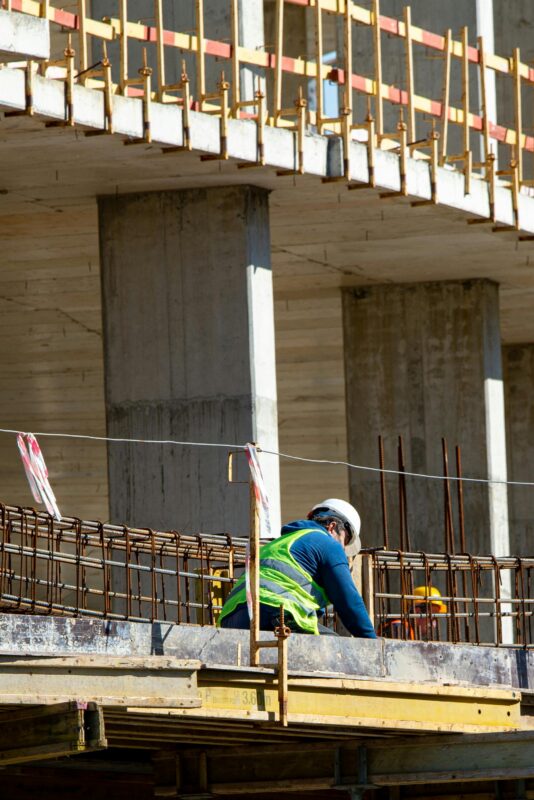Introduction High-rise buildings are architectural marvels that require robust structural integrity to withstand various forces, including wind, seismic activity, and the weight of the structure itself. One essential component that enhances the stability and durability of these structures is the epoxy structural bolt. This article explores the role of epoxy structural bolts in improving the […]
Author Archives: user
Introduction In the construction industry, the integrity and durability of connections are critical for structural safety and performance. Epoxy structural bolts play a vital role in steel-to-concrete connections, providing exceptional load-bearing capacity and resistance to environmental factors. This article explores the advantages, applications, and installation practices of epoxy structural bolts in various construction projects. What […]
Introduction to Epoxy Structural Bolts Epoxy structural bolts are revolutionizing the construction and engineering sectors by offering superior load-bearing capacity, exceptional resistance to environmental stress, and long-term durability. These bolts, embedded in concrete or other materials with high-strength epoxy adhesives, are ideal for anchoring applications in high-stress environments. Epoxy structural bolts are not only used […]
When selecting the right epoxy for structural anchoring, it’s crucial to understand the application requirements and match them with the properties of the epoxy. The right choice can ensure strong bonding, long-lasting durability, and structural integrity. In this guide, we will walk you through everything you need to consider when choosing the best epoxy for […]
Introduction When it comes to underwater construction, the challenges are significant. Structures built underwater must withstand immense pressure, constant exposure to water, and various environmental factors like temperature changes and chemical reactions. A crucial aspect of such projects is the selection of fasteners and anchoring solutions that are durable, reliable, and corrosion-resistant. Chemical bolts have […]
Introduction Chemical anchoring systems play a critical role in modern construction, providing secure anchorage for heavy loads in concrete, brick, and other structural materials. While these systems are known for their strength and versatility, understanding their environmental impact is increasingly important as the construction industry embraces sustainability. In this article, we will explore how chemical […]
When it comes to fast-setting projects, chemical anchors are an ideal solution for securing heavy-duty materials in concrete, brick, or masonry surfaces. Whether for construction, renovation, or installation purposes, understanding how chemical anchors work and how they differ from traditional anchors can significantly impact project success. Below is an in-depth look into chemical anchors, their […]
Applications of Chemical Anchors in Reinforced Concrete Structures Advantages of Using Chemical Anchors How to Install Chemical Anchors Choosing the Right Chemical Anchor for Your Application When selecting the appropriate chemical anchor, consider the following factors: Why Choose Our Chemical Anchors for Reinforced Concrete Structures? At [Your Company Name], we offer a wide range of […]
Top 5 Mistakes to Avoid When Using Chemical Anchors Chemical anchors are an excellent solution for securing heavy loads in concrete, masonry, and other solid materials. They provide superior load-bearing capacity and durability compared to mechanical anchors. However, proper installation is critical to achieving their full potential. Mistakes during installation can lead to weakened performance, […]
Introduction Chemical anchors have revolutionized the way we secure fixings in construction projects, offering exceptional holding power in a wide range of materials. But what exactly happens behind the scenes when you install a chemical anchor? Understanding the science behind chemical anchoring technology reveals why this method is so effective and reliable, particularly in high-load […]









